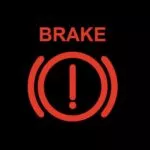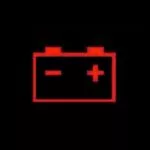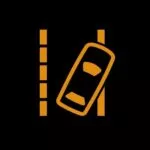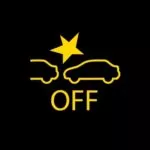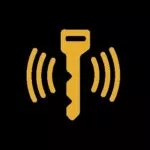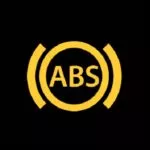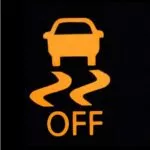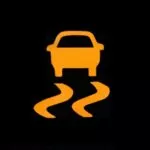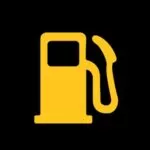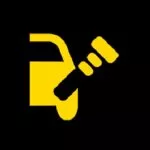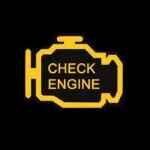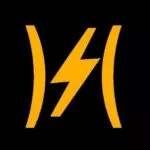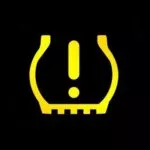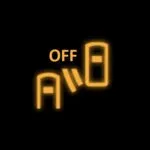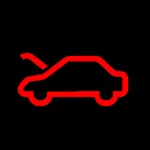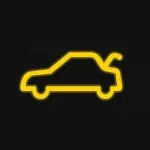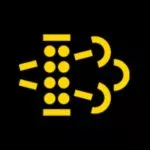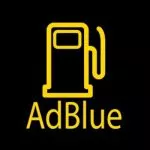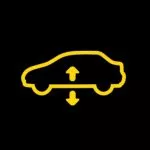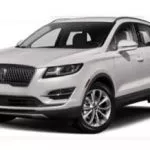Lincoln MKZ Warning Lights
The Most Common Lincoln MKZ Symbols
These are the most common dashboard symbols that you will see in your Lincoln MKZ. Click on one to see more information or scroll further down to see the link to the owner's manual where you can find even more symbols.
Can't see the warning light you are looking for? Check the official manual:
View Owner's Manual
- Manufacturer: Lincoln
- Data Source: Owner's Manual
About the MKZ
The Lincoln MKZ ran as the American luxury automaker's mid-size car for 14 years.
It acted as an entry-level model into the premium brand for customers and managed to make it through two generations of design.
The first generation MKZ was based on the CD3 platform that originally came from the Mazda6, using many of the same warning lights as the Mazda range.
This CD3 chassis was also put to work under parent company Ford's Fusion mid-size car and the Mercury Milan.
Generation 1 was marketed to North American audiences from 2006 through to 2012 and offered with one of three engines.
Buyers could choose from one of two different sized V6 gasoline engines or 4-cylinder hybrid gasoline after 2011.
The design of the first generation MKZ changed slightly during this time, seeing a facelift in 2007 and 2010.
In 2013 the second generation Lincoln MKZ hit showrooms and was now built on the updated CD4 platform.
This CD4 platform was developed in-house by Ford and used under the Fusion again as well as the Taurus and the Lincoln Continental.
A new range of economical engines was on offer now, including a turbocharged 2-liter EcoBoost and a twin-turbocharged 3-liter V6 later on in 2017.
That 2017 engine addition was launched alongside a facelift for the MKZ with styling and features taken from the recently updated Continental model.
Lincoln moved the transmission selector from the center console and added it to the infotainment center.
In that infotainment center (which became the standard around 2017) the car's health is displayed much more clearly than before.
This was thanks to the movement of the dashboard symbols away from the instrument cluster and onto the touchscreen along with detailed descriptions.







